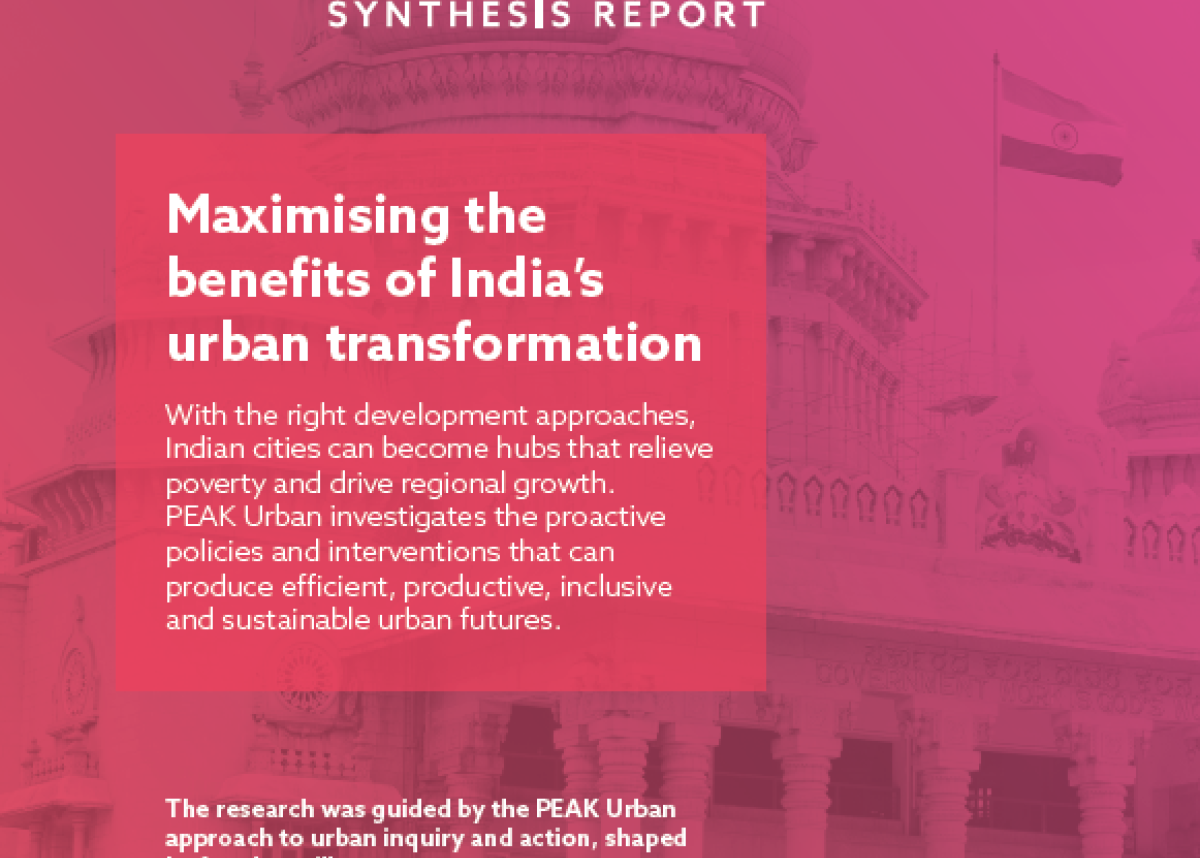
A method for urban population density prediction at 30m resolution
This paper proposes a new method for urban population density prediction at 30 m resolution. Using data for Bangalore, the paper demonstrates that population within each 30 m residential built-up cell can be modeled as a function of cell-level data on street density and building heights and ward-level data on car ownership. Building-height data were generated from Cartosat-1 stereo imagery using an open-source satellite stereo image processing software.
Using this building-height data in conjunction with the other datasets, the paper demonstrates that a 30 m resolution population density surface can be generated such that, when summed to the ward level, the median absolute percentage error between predicted population and known census population at the ward level is 8.29%.
The paper also shows that the relationship between population density, street density, building height, and ward level car ownership is spatially non-stationary. A fine-grained understanding of urban population densities, as enabled by the proposed method, can be beneficial to research, policy, and practice related to cities.








